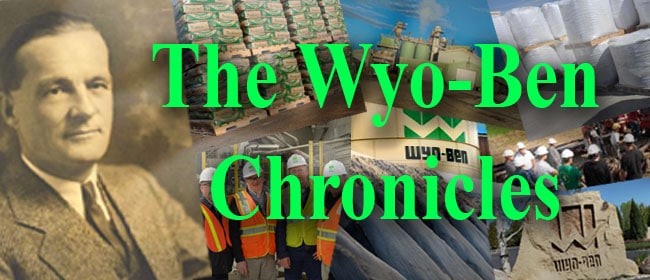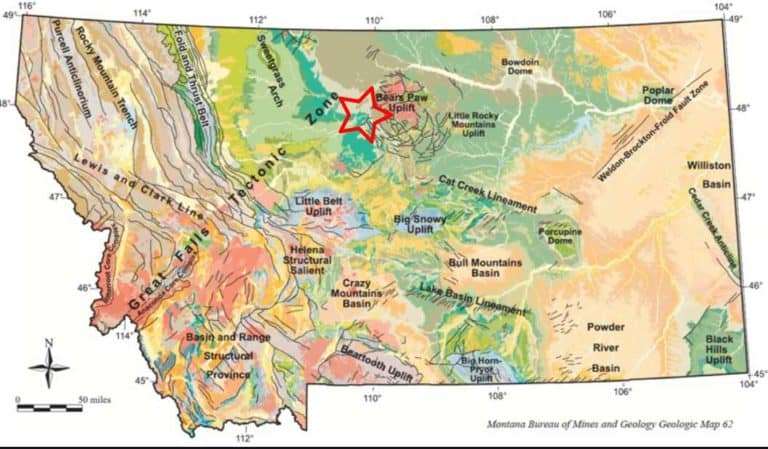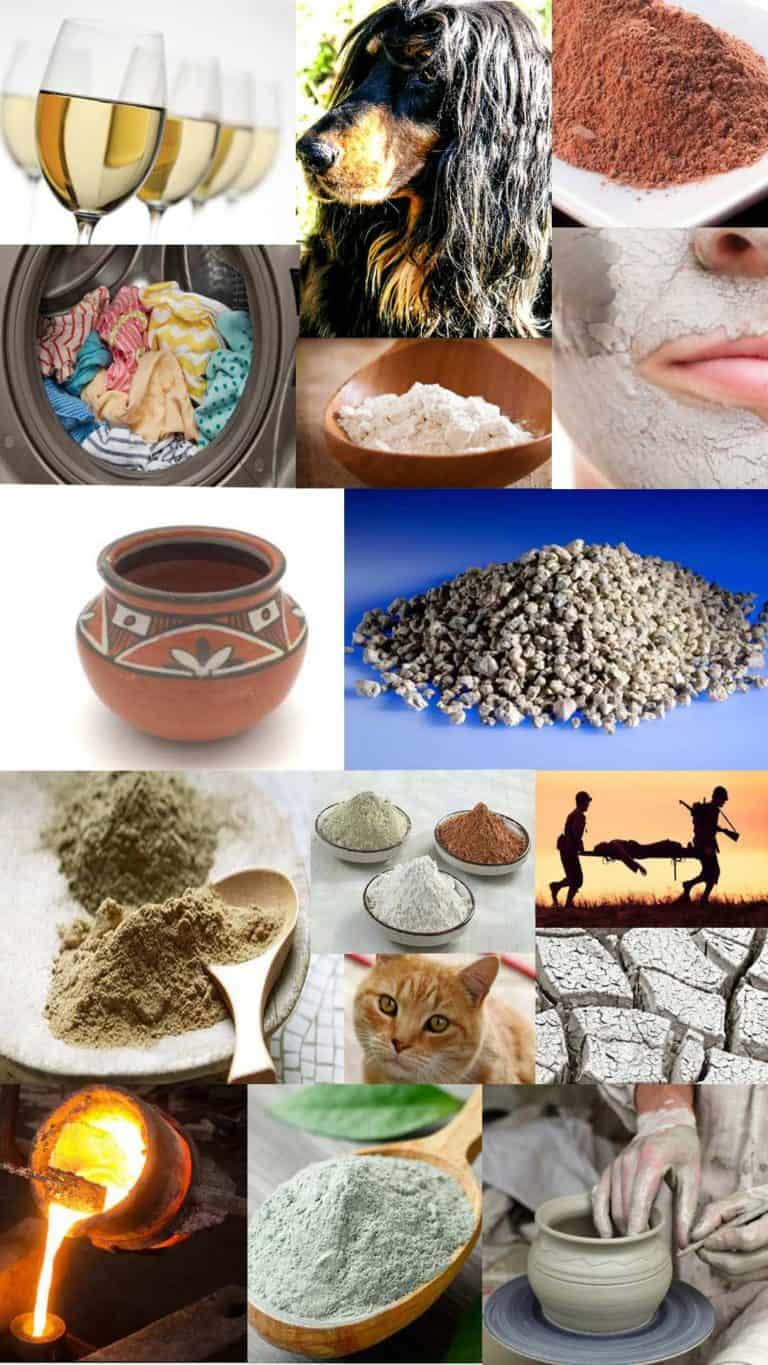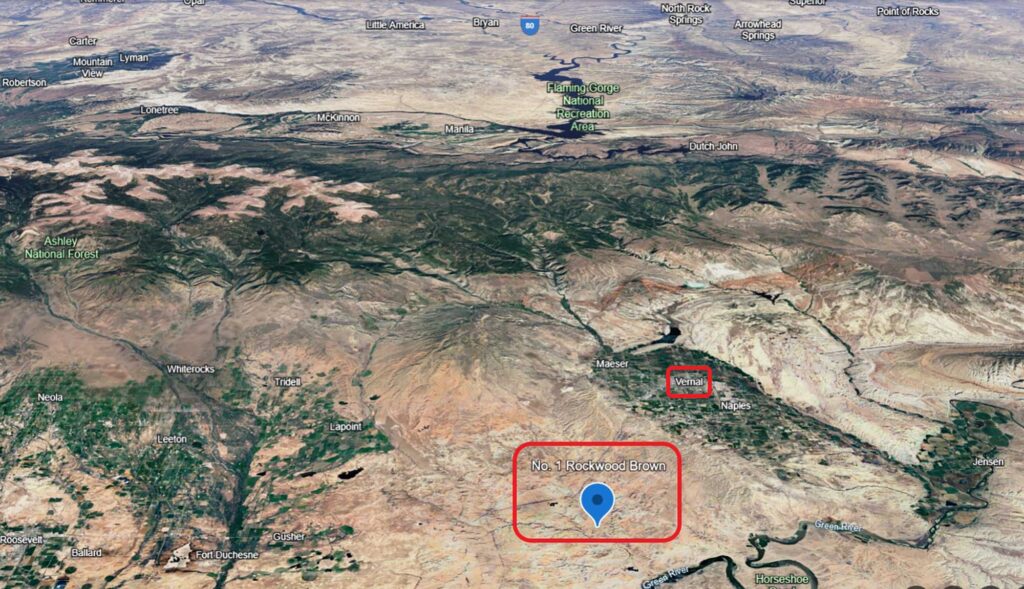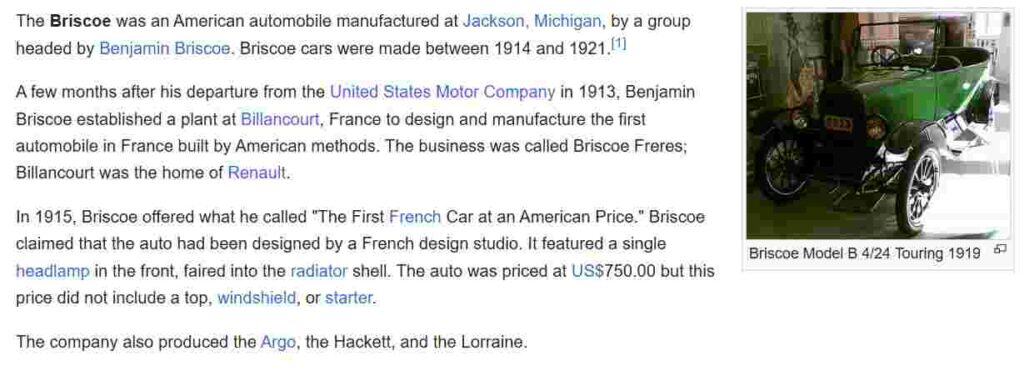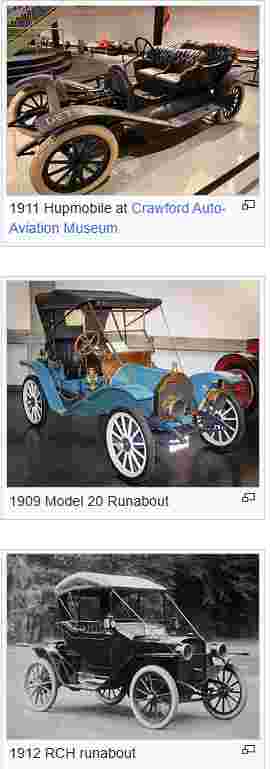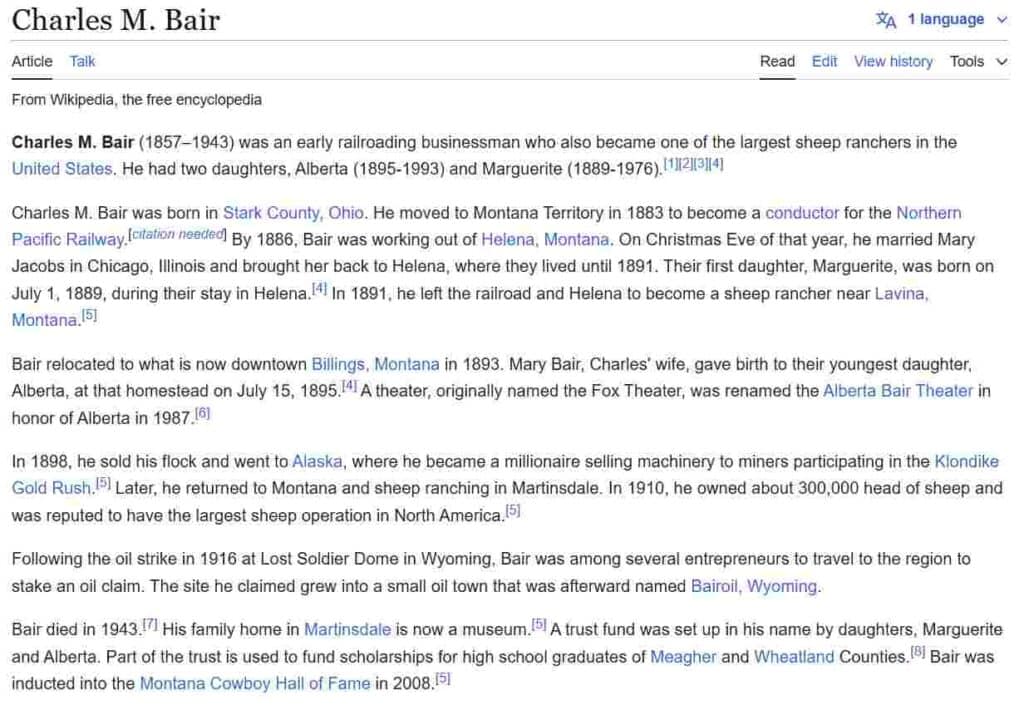So, What is Bentonite Anyway
Bentonite powder was formed over millions of years in multiple layers by the drifting ash of prehistoric volcanoes. About 30 million years before the Rockies were formed, ash clouds originated in the same area as the present-day Rocky Mountains and obscured the sun for months at a time. In Wyoming’s Big Horn Basin, gradual uplifts turned some bentonite beds nearly vertical, while others lay flat in the valley below.
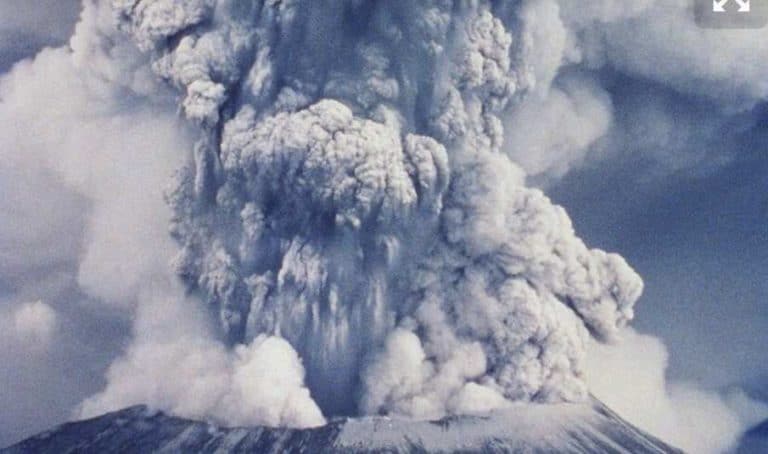
In the mid-1880s, Bentonite strata were first discovered in a rocky formation near Fort Benton, Montana, thus its name. It was not entered into the dictionary until 1898. But, for decades hence, little was known about this mineral or how it might even be used.
The surface mining of bentonite, although in ample supply, has proven economical only in areas where dirt deposits above it are fairly shallow. Shaft mining has been tried and discarded as too dangerous because of the risk of collapse.
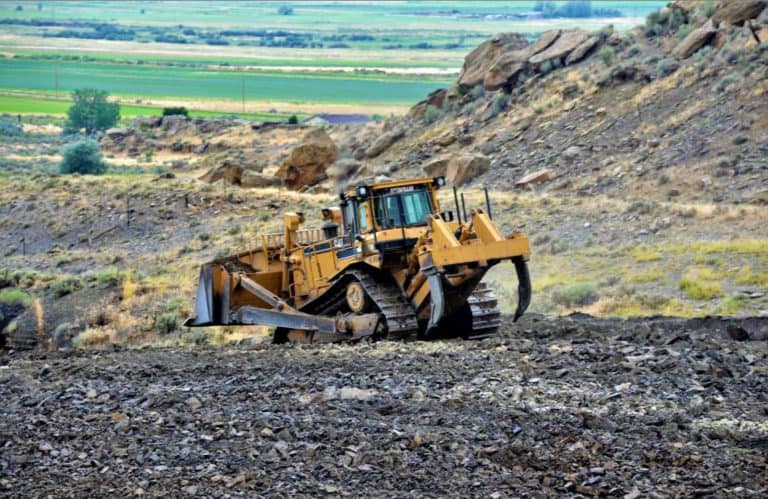
Bentonite has many different qualities. It is the most absorbent mineral found in nature. Because of its expandable quality, several teaspoons full will soak up a glass of water. Its “slippery when wet” property has even caused a few auto crashes when accidentally spilled on roadways.
After processing, this volcanic dust forms a gelatin-like substance that, when wet, is easy to mold. When dry, it resists the passage of water. And because it is non-poisonous, odorless, and tasteless, it serves other varied uses too. We probably use it a half dozen times every day, without knowing it.
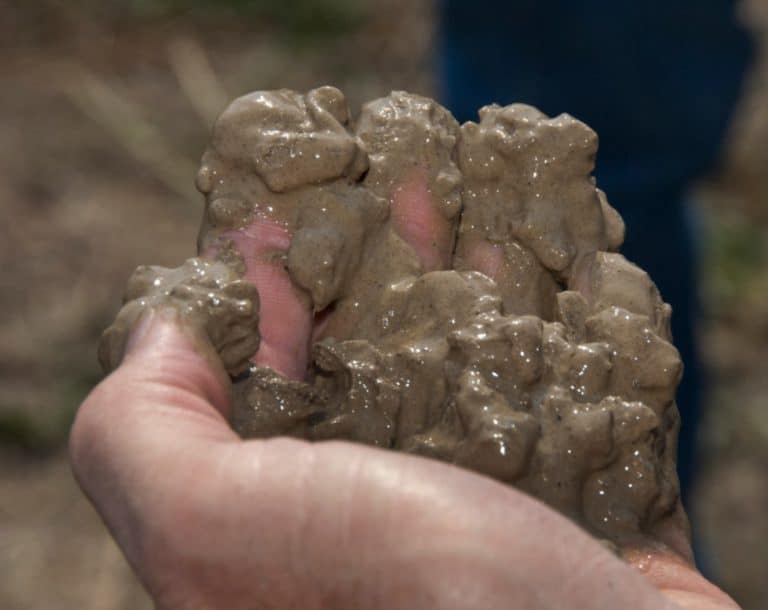
Major among other applications is the lining of water canals, which, in the 1940s, became a popular alternative to concrete lining. Not only was it one eighth the cost, but it was a relatively simple operation.
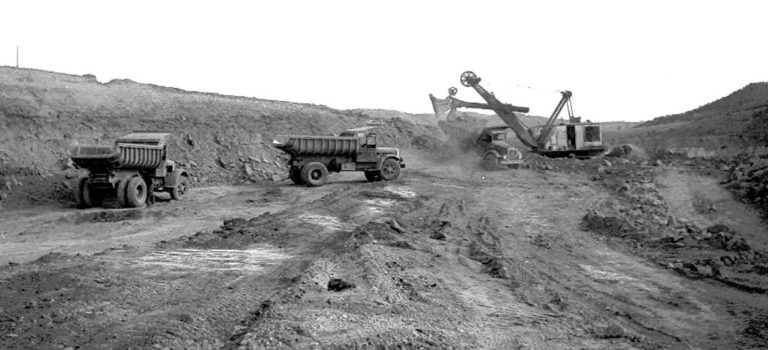
Bentonite Uses
Some of its other contemporary uses are:
- Iron ore binder for making pellets from iron-dust
- Clarifier for wine, liquor, cider, etc.
- Groundwater sealant for lakes and reservoirs
- A skating rink liner
- A plug/sealant mud for sub-surface drill-holes
- De-colorizer for vegetable or mineral oil
- A sand bonding agent used in iron and steel foundries for casting molds for molten metal
- An animal feed
- An additive for ceramic glazes to give them more substance
- A dermatological additive
- Detox for pets
- A human or animal bulk laxative
- Battlefield wound dressing
- A desiccant (moisture control) to extend the shelf life of pharmaceutical products from moisture degradation
- A “mineral soap” for the washing of clothes
- Cosmetic facial treatment in mud form
- Deodorant, toothpaste, shampoo
- For cuts and scrapes, food poisoning, bug bites, burns, weight loss, radiation protectant, boosting the immune system, re-mineralizing tissue
- Clay drink for humans
- Shoe polish
- A neutral bulking agent for food
- Lining for smoking pipes
- A liver, colon, and skin cleanser
Bentonite In The News

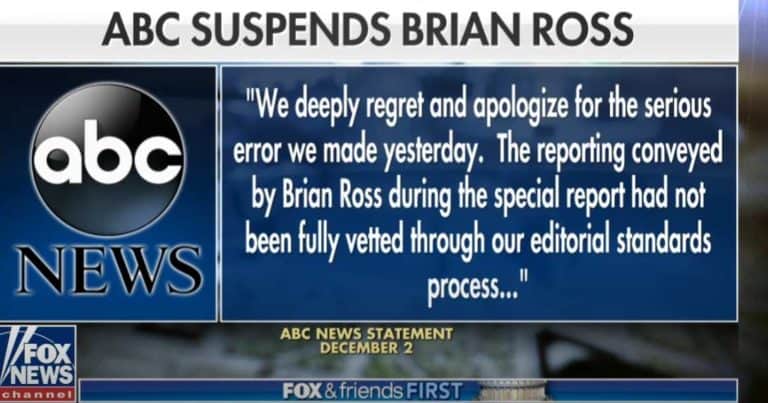
In October of 2001 following the events of 9/11, ABC News reported, falsely, that bentonite was used to lace anthrax that was sent to Senate Majority Leader Tom Daschle. Calling it a “potent additive”, they linked the mineral to Saddam Hussein’s Iraqi regime and accused him of the anthrax attacks. The reports were later thoroughly debunked, but probably gave the mineral its broadest worldwide publicity. Even the 2013 Mars Rover experiment, using Wyo-Ben bentonite to help verify the existence of water, did not come close to grabbing national headlines.
The Clay of a Thousand Uses
Just like its ability to be reconfigured for many different functions, the mineral’s primary application appears to be changing again. In the past, its major use has been as a powder mixed with water for oil and gas well-drilling mud, a coolant, sealant, and lubricant in vertical well-drilling. It still is used in horizontal drilling under roadways or rivers for cables or pipelines.
But with recent development of the fracking industry (where bentonite has limited use), a new and surprisingly different role has been found: granular Cat Litter.
NOTE: Although Wyo-Ben still commits about 20% of its business to vertical oil-well drilling, the method of horizontal hydraulic fracturing or “fracking” does not require bentonite mud. Bentonite will easily seal and coat a vertical well for oil before the black liquid bursts to the surface under pressure. But the horizontal drilling process used in fracking covers a wide area of bedrock. After an underground explosion, the resulting pool of oil is not under pressure and can be raised to the surface without a sealant.



